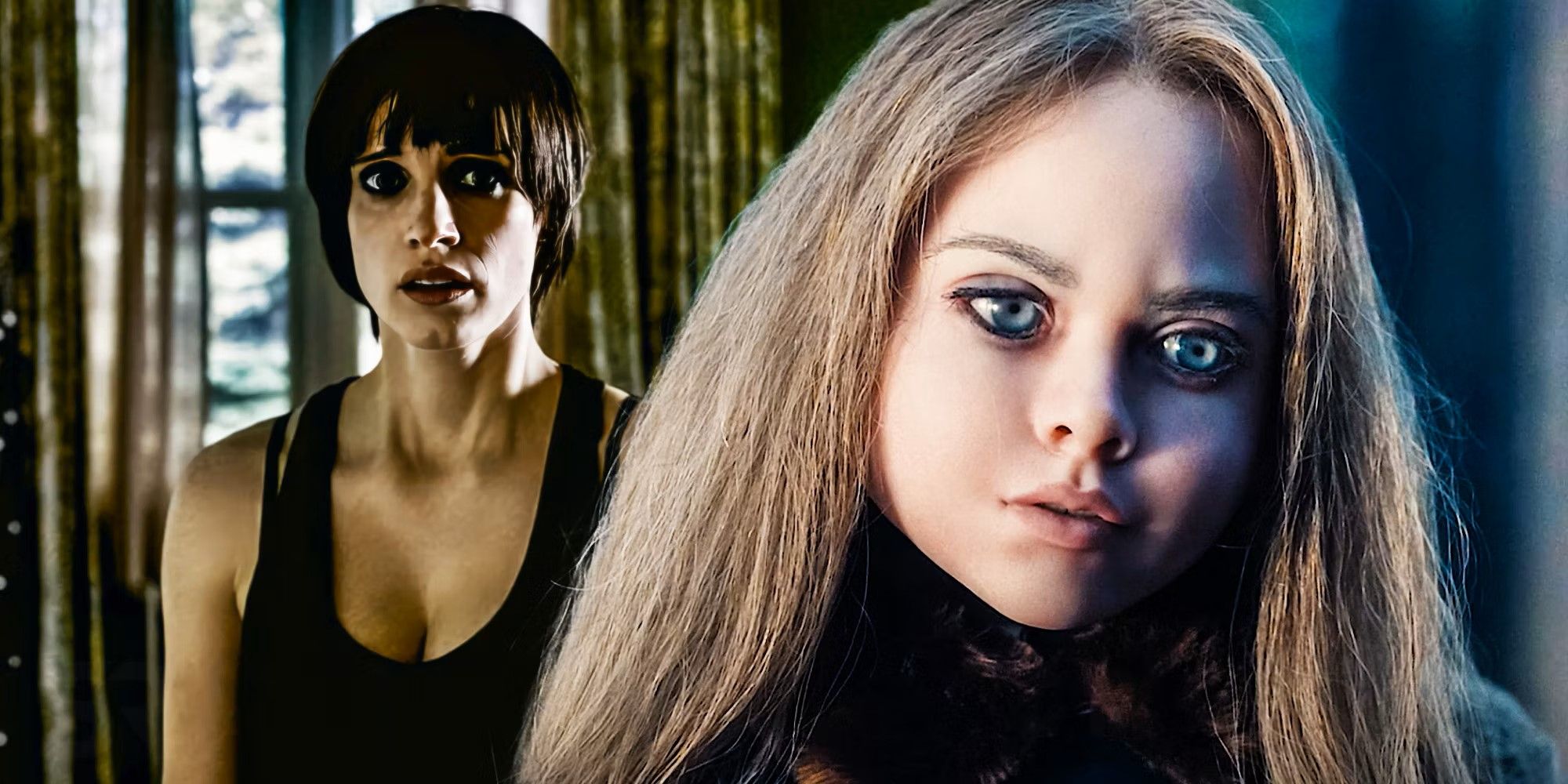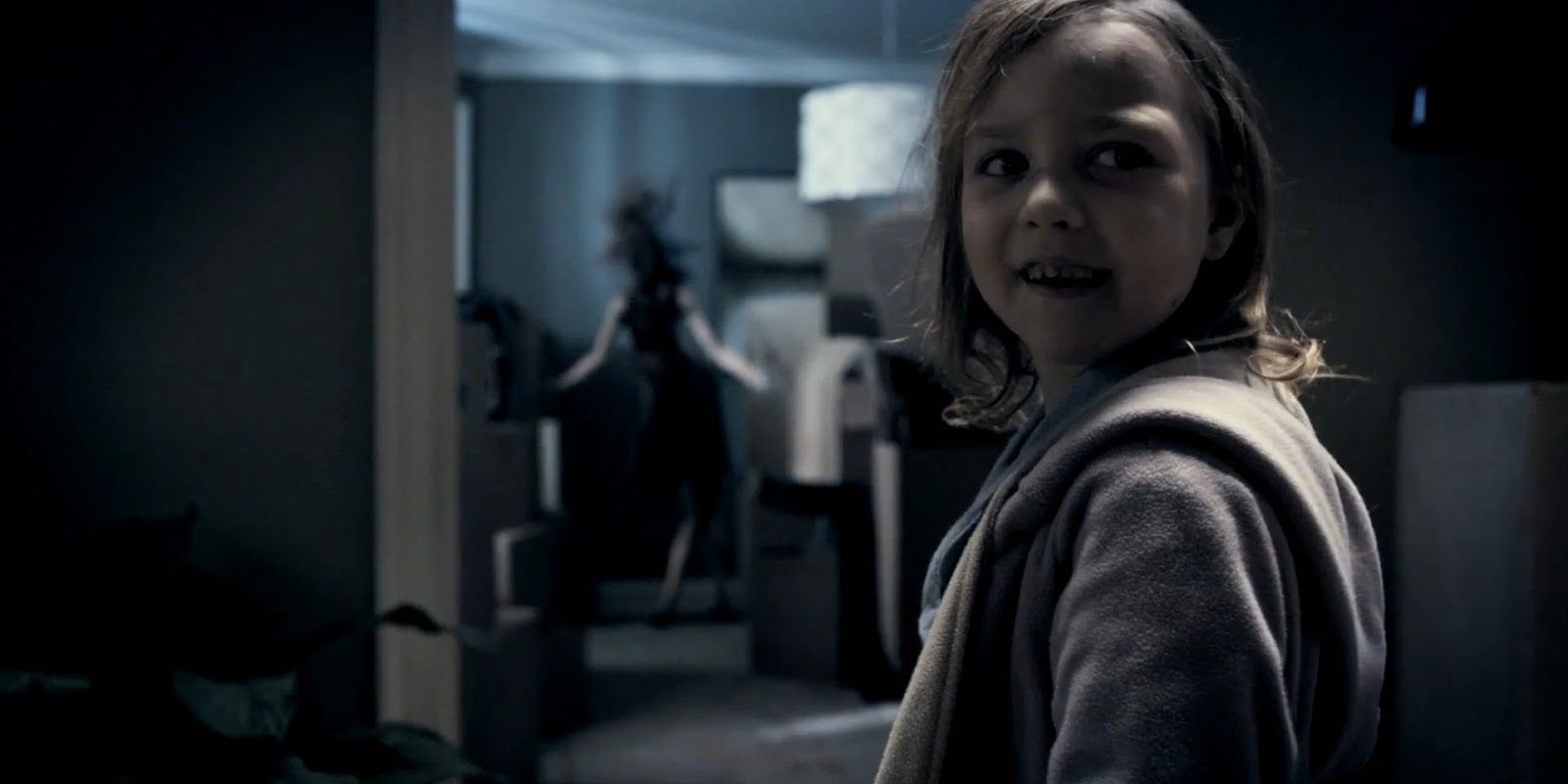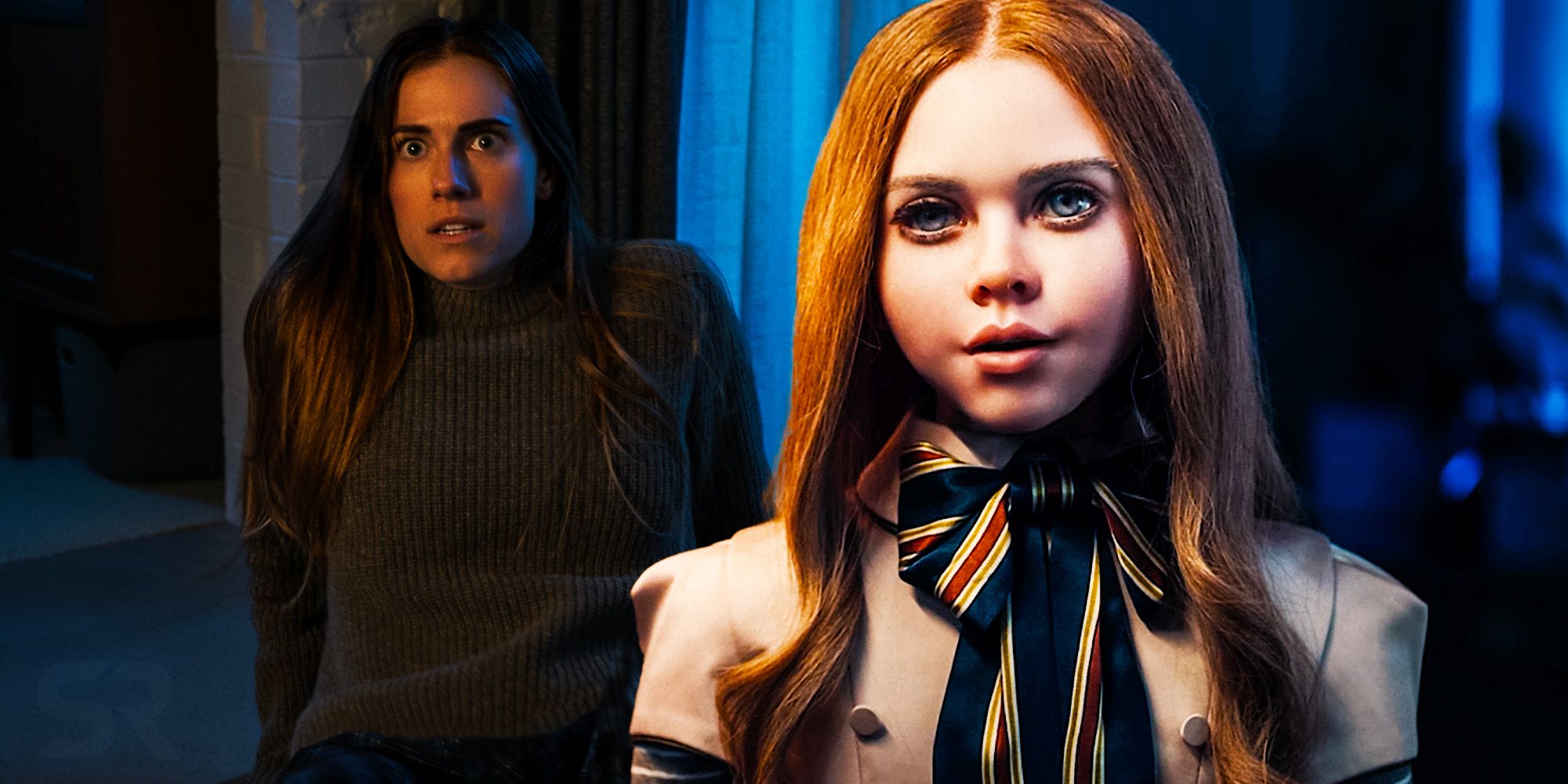Despite the near-decade-long gap between the two releases, there's reason to believe that M3GAN owes some of its success to an often-forgotten horror film from 2013. January theatrical horror releases are standard fare, but M3GAN is anything but ordinary. From the first scene of the film, director Gerrard Johnstone makes audiences aware that they are in for humor-heavy horror, a genre blend that is often arduous to tackle. Johnstone's direction is solid, but the clever screenplay from Akela Cooper and thoughtful story from James Wan elevate M3GAN's status as a pertinent and memorable entry in the extensive Blumhouse catalog.
Although M3GAN's success at the box office could be partially attributed to the terrific viral marketing campaign, the film already had a pre-existing blueprint for success. The critical and commercial appeal of conventional slasher-style horror is fading, with audiences increasingly interested in more message-oriented filmmaking. This pivot away from jump scares and shadowy corridors to thought-provoking arthouse horror capable of broad daylight fright has been a refreshing change for the genre, with production companies like Blumhouse and A24 to thank. While M3GAN isn't nearly as memorable among Allison Williams' filmography as Get Out, nor is it as compelling as another android-oriented escapade like Ex Machina, it's still worthy of praise.
Mama Was The Blueprint For M3GAN's Success
Released nearly a decade ago, Mama and M3GAN share eerily familiar stories, which could indicate a link between the two movies. While producer Jason Blum cites Drag Me to Hell as an influence for M3GAN's controversial PG-13 rating, Mama was another January PG-13 release with a remarkably similar premise to M3GAN. In both films, the children lose their parents in car crashes amid snowy settings and are unexpectedly left with new guardians. As a result of the loss of their parents at such a young age, the children are rendered with significantly lacking social skills, develop attachments to surrogate mother figures, and exhibit displays of violence against their new guardians.
Although M3GAN's plot differs from Mama's, the basic premise and setup of the two movies are incredibly similar, mirroring repercussions as well. Additionally, Mama featured talent in front of and behind the camera as the movie starred Jessica Chastain and Nikolaj Coster-Waldau, was produced by Guillermo del Torro, and was directed by Andrés Muschietti. This filmmaker would go on to helm both chapters of IT. Mama and M3GAN both have intriguing set up and unique circumstances surrounding the orphaned children, but M3GAN has far more to say from a societal/parenting perspective compared to the different direction Mama takes with its surreal fantasy lean.
How M3GAN Improved On Mama's Story
M3GAN improved Mama's story through messaging and a more effective genre blend. While at the surface level, M3GAN is equal parts sci-fi thriller, horror, and comedy, Cooper's versatile script also contains pertinent themes that revolve around pseudo-parenting and crippling dependence on technology. M3GAN is at times unintentionally funny, and combined with the trite and often repeated message of over-reliance on technology, the film easily could have ended up feeling too campy or unoriginal. Fortunately, contrary to Mama, M3GAN chooses the right mix of genres. Instead of leaning into horror-fantasy tropes, the modernity and relevance of M3GAN's message combined with emergent horror trends are key to its success.



